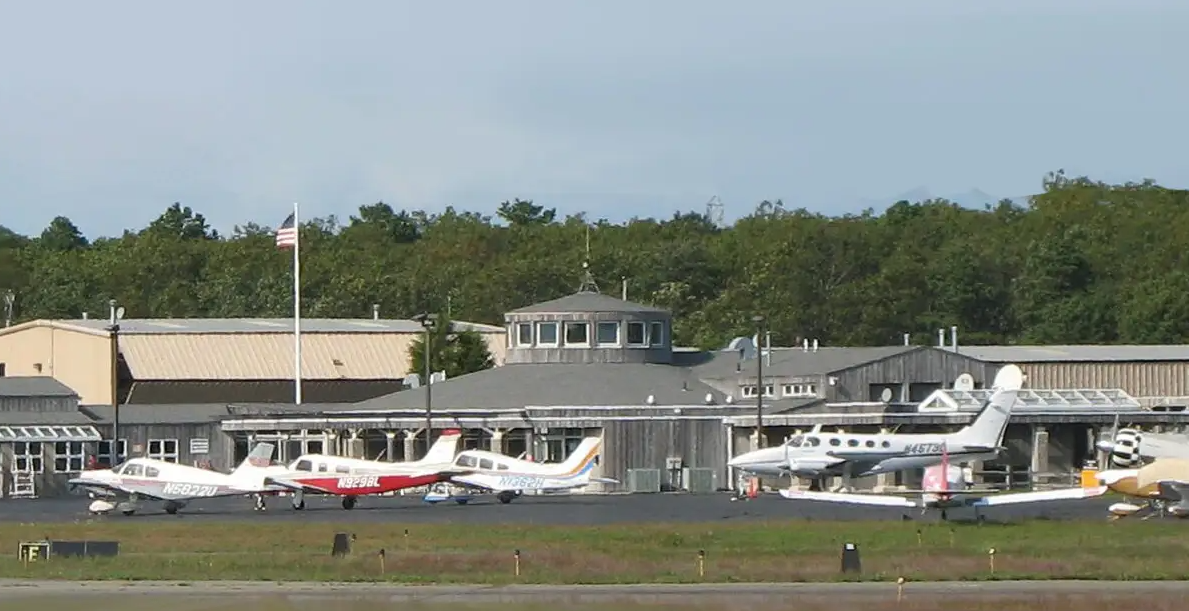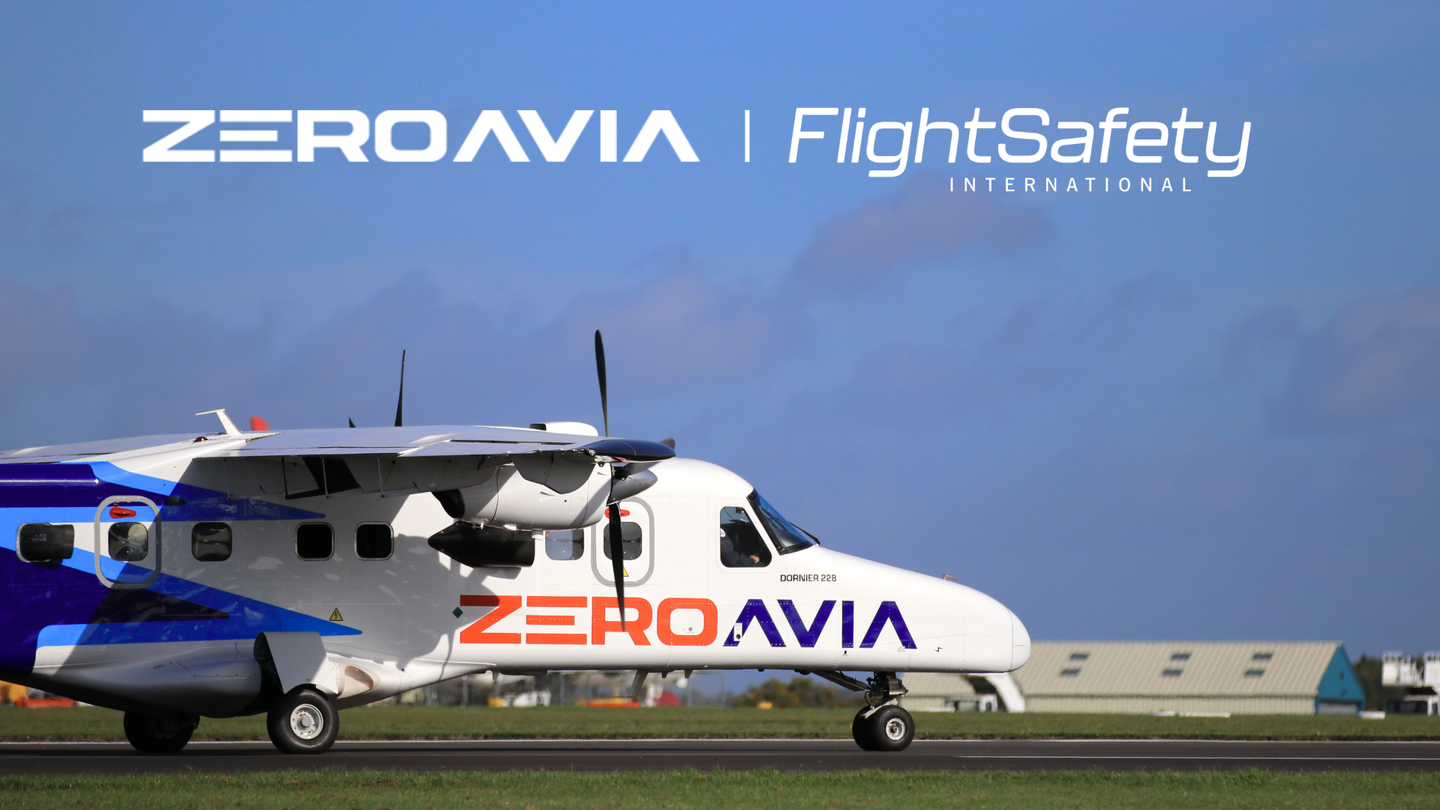Plagued By Lawsuits, East Hampton Moves To Close Airport
The court battle has blocked the town’s plan to change the airport to a private-use operation.

The town had planned to close the airport and reopen it 33 hours later as a private-use facility, requiring pilots to obtain permission before landing. [Photo: NBAA]
A strong push to keep East Hampton Airport open to the public may have backfired.
The town of East Hampton on New York’s Long Island raised the ire of pilots and aviation businesses late last year when it began discussing plans to change East Hampton Airport (KHTO) to a private-use operation requiring permission before landing.
Charter companies, aircraft owners, aircraft servicing businesses, and trade groups, like the National Business Aviation Association (NBAA), blocked East Hampton’s plans with a number of lawsuits filed just as the town was preparing to close the airport last month and reopen it a day or so later as a private facility.
The planned change included a new identifier (KJPX) with new rules limiting operations based on aircraft weight, time of day, noise abatement concerns and other factors.
But as in many sports, a block, no matter how resounding, doesn’t end the game so much as change its direction. East Hampton’s new direction takes it closer to shuttering the airport permanently.
In a presentation at a town meeting this month, William O’Connor, a partner with East Hampton’s consulting law firm Cooley LLP, seemed to suggest that “several coordinated lawsuits” had forced the town to consider the more extreme move of closing the airport. He said a public engagement session held last year “made clear that the community will not tolerate unrestricted operations to and from JPX,”
O’Connor indicated the town’s plan for a private airport reflected the residents’ desire to reduce aircraft traffic and noise. But because the lawsuits resulted in a restraining order that halted the process, the town “has asked counsel to effectuate permanent closure as soon as legally possible.”
O’Connor left the door open on a possible reopening of the airport at some time in the future “under commonsense regulations.”
East Hampton Town Supervisor Peter Van Scoyoc, who for some has become the face of the anti-airport movement, did not respond to a request for an interview.
How We Got Here
Noise complaints have long been a problem for the East Hampton Airport, which opened in 1937 and reportedly was a good neighbor for a long time. In the early days aircraft using the field were piston powered, their operations were less frequent and the East End population was not as dense as it is today.
Changes in culture, technology, and expectations have also led to conflict between aviation enthusiasts and residents seeking tranquility. For example, apps and platforms like PlaneNoise and Air Noise Report have made it easier to complain about loud aircraft, while for travelers, booking a flight from Manhattan to the Hamptons is just a few keystrokes away through a range of services. Flights take less than 45 minutes compared with three hours or more by car.
It seems clear that keeping the airport open, if possible, will require compromises that will affect nearly everyone’s convenience.

Sign-up for newsletters & special offers!
Get the latest FLYING stories & special offers delivered directly to your inbox






